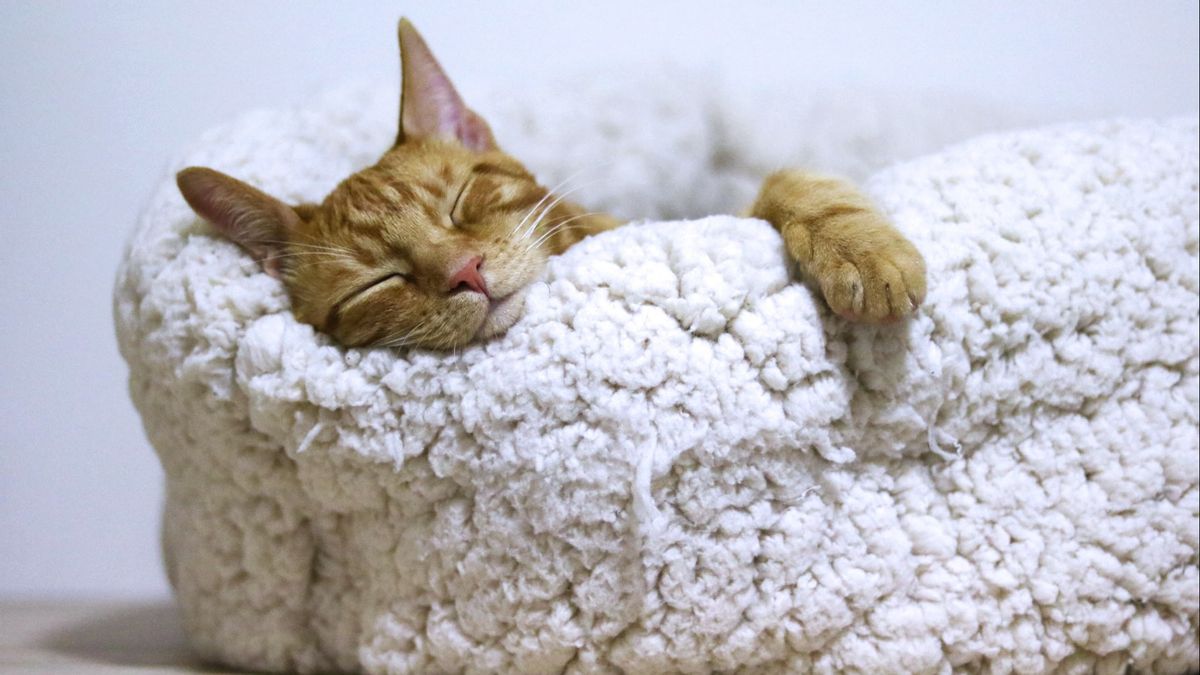YOGYAKARTA – The average cat spends 12-15 hours a day sleeping. Long hours of sleep, often makes cats considered lazy. Reported by Oakland Veterinary Referral Services, Anabuls, which are naturally hunting animals, can maintain a balance of energy and body temperature by sleeping.
According to research, every mammal dreams while sleeping. According to Katy Nelson, senior veterinarian at Chewy reported by Reader's Digest, scientists have proven that mammals dream through studies on mouse brains. While navigating sleep activities, they get dreams especially during REM sleep or the deepest level of sleep.
Sleep is important for humans, as well as for animals. With sleep, can help the growth and repair of body systems. Sleep is a state of reduced consciousness characterized by reduced sensory and muscle activity.

During a cat's sleep, fine motor movements and body serotonin slow down. Especially when experiencing the deepest phase of sleep or REM. The difference is that younger animals spend more time in REM than older animals. The reason is because there is so much new information they encounter every day that they need to process it all. If cats dream, what do they dream about?
Since we can't ask what the cat is dreaming of, this information is important. But the image of a cat's dream is like that of a human. If they go outside and see a bird or a cat friend. It is also possible that the cats in the house dream of you, delicious dinners, attractive games, and the things they come across.
Not infrequently they are also delirious. Or move his legs and mustache. Scientists believe that when its paws move during sleep, the cat is dreaming. Uniquely, cats are also likely to have bad dreams. Unlike humans, cats don't dream of monsters or being late for exams. The context of dreams in cats is about their life.
Nicholas H. Dodman, professor of Veterinary Medicine at Tufts University, says that cats' sleep cycles are shorter even though they sleep long. Cats experience REM sleep three times more often than humans, which is every 20 minutes than humans every 90 minutes. This is driven by the cat's rapid brain development.
The function of dreams in cat sleep, seems to be the same as that experienced by humans. That is processing experiences and all information encountered while awake. Dreams also help process emotions and form memories.
Although cats sometimes move their paws and whiskers during sleep, sleepwalking is rare. Even if experienced, this is a sign of a type of brain injury.
The English, Chinese, Japanese, Arabic, and French versions are automatically generated by the AI. So there may still be inaccuracies in translating, please always see Indonesian as our main language. (system supported by DigitalSiber.id)













